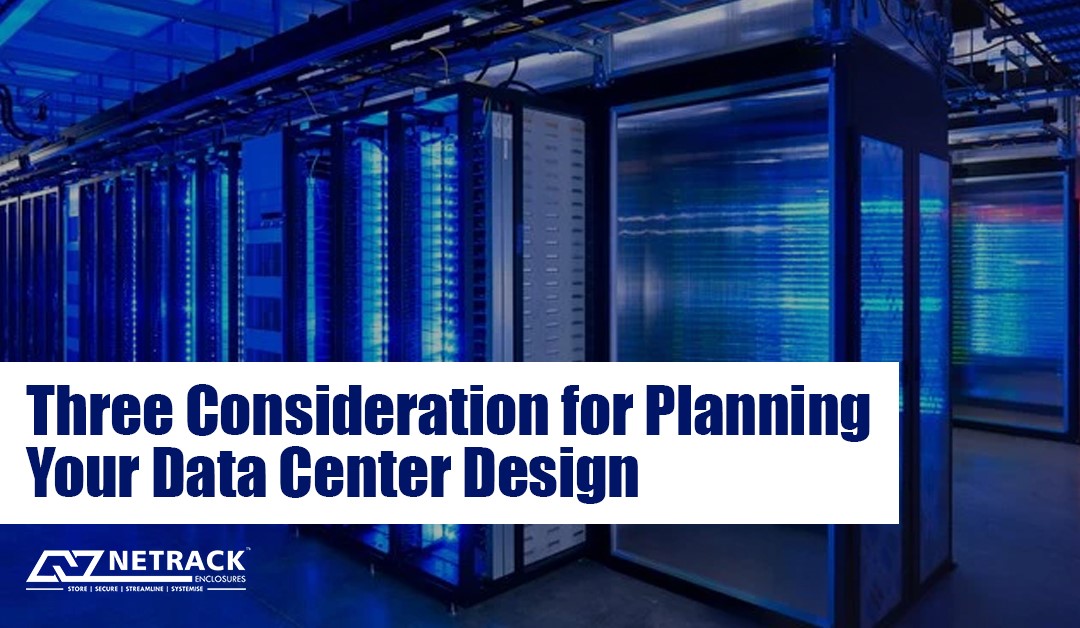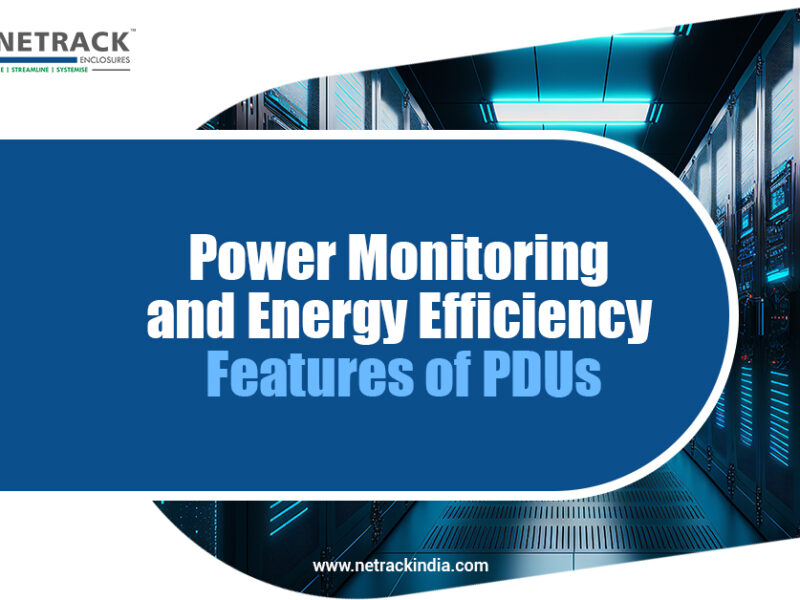
Three considerations for planning your data center design
In the IT industry, equipment and infrastructure associated with delivering services are critical assets. Hence safeguarding and revamping it from time to time plays an essential role in the overall growth and profitability of the organization.
The need for efficient design
Datacenter design is one of the key aspects of strategizing and modernizing legacy IT hardware that can considerably enhance the performance and utilization of any data center. For any data center to work successfully and efficiently, it must be designed with sufficient cooling options, consistent power distribution, and a stable network. The following are the aspects that can help a data center design team effectively cater to the business requirements.
- Ensure reliability of the data center
- Increase availability and, in a way, reduce downtime
- Enhance serviceability
- Sufficient capacity
- Support scalability or future growth plans
- Cost-efficient maintenance
Essential factors and considerations
Designing of data center takes time, effort, and expense. A data center can efficiently host servers and IT equipment. Choosing a layout or design of a data center is critical and holds a long-term impact on the business. Hence, specific considerations must be treated as necessary.
The following are the three considerations that cannot be ignored.
- Ensure scalability and future growth
While organizations often design data centers that cater to the current requirement, creating a sustainable and cost-efficient solution is essential. Designing a new data center and redesigning an existing one are significantly costly. Hence, it is ideal to leave space for the future growth of the data center.
Scalability is an essential aspect of data center design. Infrastructure and facilities must be scalable to empower the data center to add more servers, equipment, etc. This requires the data center to create more rack space and floor space to accommodate additional equipment. In addition, both the power and cooling requirements increase with additional equipment.
2. Optimize the cooling efficiency
Ensuring that the data center temperature is stable, and the cooling is monitored and maintained is one of the priorities while designing a data center. If the facility becomes hot, it can damage the mission-critical equipment, cause system outage, and become expensive to repair and replace. Hence, the data center cooling and airflow management system must be planned carefully. This includes choosing the air-cooling system appropriate for a particular data center setup. Considering the budget, cost of deployment, reliability, power consumption, and the area that needs to be kept under standard temperature guidelines – one should choose the cooling technology most suitable. Also, smart airflow management can successfully reduce the cooling expense of a data center. Hence, it should also be considered while planning an efficient design for a data center.
3. Ensure physical security
Physical security is an important aspect that can guarantee that the critical equipment within the data center is safe. Starting from biometric lock features to the deployment of network security, data encryption, and backup – it should be planned carefully while building a data center to reduce critical equipment downtime.
Conclusion
Finally, while considering the above three aspects, one should consider the inherent necessity of sustainability, business continuity, and disaster recovery while crafting an effective data center design.




